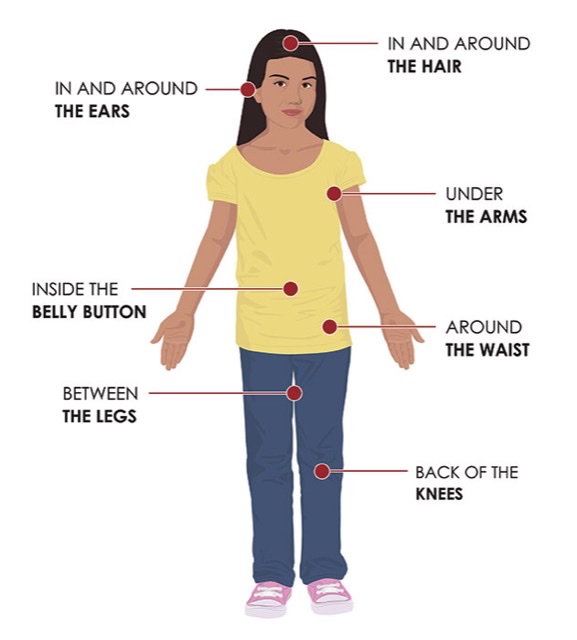Being educated on ticks, and disease they carry

Female blacklegged deer ticks next to a penny. The ticks that transmit Lyme disease are much smaller than other ticks. File photo.

Being educated on ticks, and disease they carry
Summer means being outdoors and that means the likelihood of having a tick bite is increased. Being educated on tick safety, tick bites and tick borne illnesses.
Southeast Ohio is home to three main tick species that regularly feed on people: blacklegged ticks (also called deer ticks); American dog ticks (also called wood ticks); and lonestar ticks. All three species can potentially spread diseases to humans.
Lyme disease is a serious disease that is transmitted only by blacklegged ticks. Not all blacklegged ticks will carry the bacteria that causes Lyme disease, however. Lyme disease can be spread when an infected blacklegged tick attaches to and feeds on a person for more than 24 hours. Symptoms of Lyme disease can show up 3-30 days after an infected tick bites you, and can include headaches, fatigue, fever, muscle and joint aches, swollen lymph nodes, and more. Although the most well-known symptom of Lyme disease is a bullseye-shaped rash, not everyone who gets Lyme disease will have that rash. Lyme disease can be easily treated by antibiotics if caught early on (within a few weeks or so of infection), but if left untreated it can become much more serious and more difficult to treat.
It is important to be prepared for ticks. Deterrence is the first step:
- Wear long pants and tuck your pants into your socks.
- Consider treating your clothing with permethrin (DEET-based insect repellents also work if the DEET concentration is higher than 20%).
- When outside, check yourself regularly for ticks.
- Once you get home, check your clothes and your body carefully for ticks, and try to shower within two hours.
If you do find a tick attached to you, safely remove the entire tick which includes the head from your skin as soon as you can. To safely remove a tick:
- DO use fine-tipped tweezers to grasp the tick as close to the skin’s surface as possible and pull upward with steady, even pressure. Don’t twist or jerk the tick; this can cause the mouthparts to break off and remain in the skin.
- DO NOT use a match or lighter to remove the tick; this can actually cause it to regurgitate diseases in its stomach into you.
- DO NOT cover the tick in nail polish or other substance and wait for it to detach; the longer a tick is attached, the higher of a chance it can spread a disease to you.
After You Come Indoors
Check your clothing for ticks. Ticks may be carried into the house on clothing. Any ticks that are found should be removed. Tumble dry clothes in a dryer on high heat for 10 minutes to kill ticks on dry clothing after you come indoors. If the clothes are damp, additional time may be needed. If the clothes require washing first, hot water is recommended. Cold and medium temperature water will not kill ticks.

Examine gear and pets. Ticks can ride into the home on clothing and pets, then attach to a person later, so carefully examine pets, coats, and daypacks.
Shower soon after being outdoors. Showering within two hours of coming indoors has been shown to reduce your risk of getting Lyme disease and may be effective in reducing the risk of other tickborne diseases. Showering may help wash off unattached ticks and it is a good opportunity to do a tick check.
Check your body for ticks after being outdoors. Conduct a full body check upon return from potentially tick-infested areas, including your own backyard. Use a hand-held or full-length mirror to view all parts of your body. Check these parts of your body and your child’s body for ticks:
- Under the arms
- In and around the ears
- Inside belly button
- Back of the knees
- In and around the hair
- Between the legs
- Around the waist
Remember to be tick-aware the next time you go outdoors. For more information on Lyme disease, see: https://www.cdc.gov/lyme/index.html








